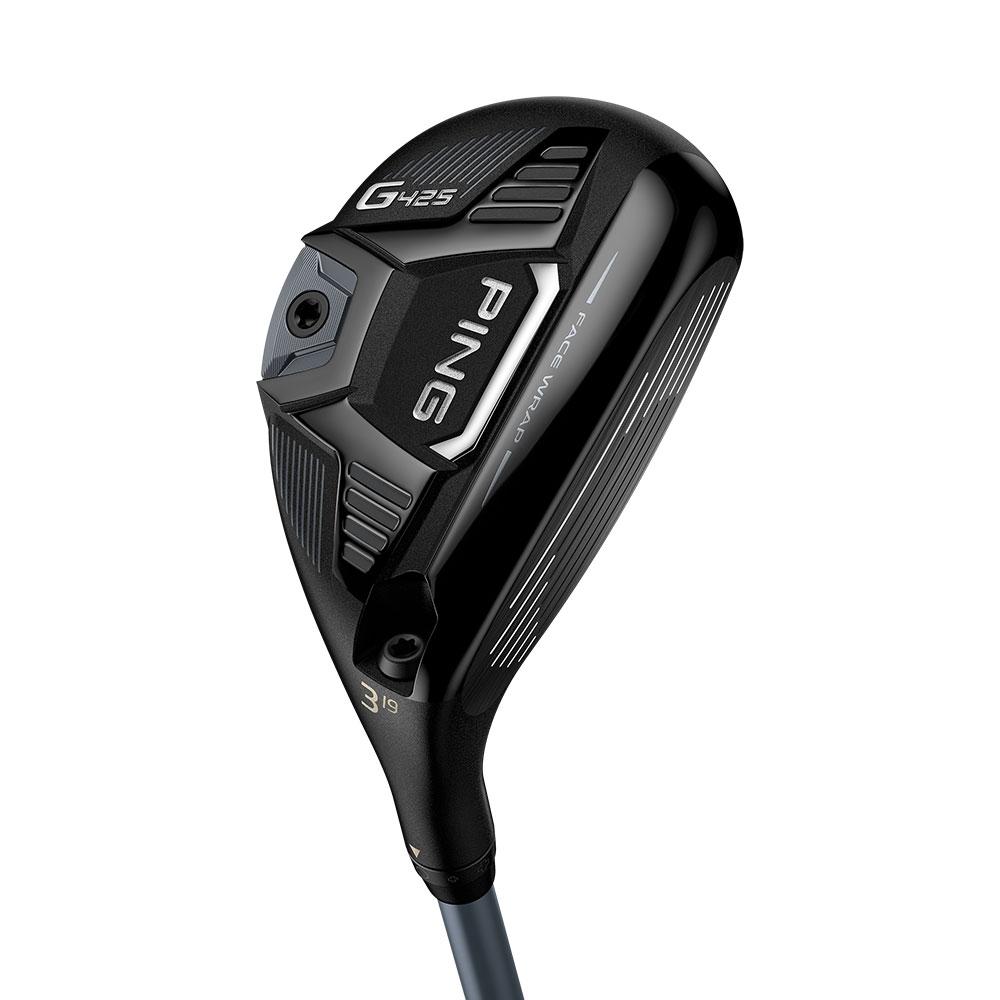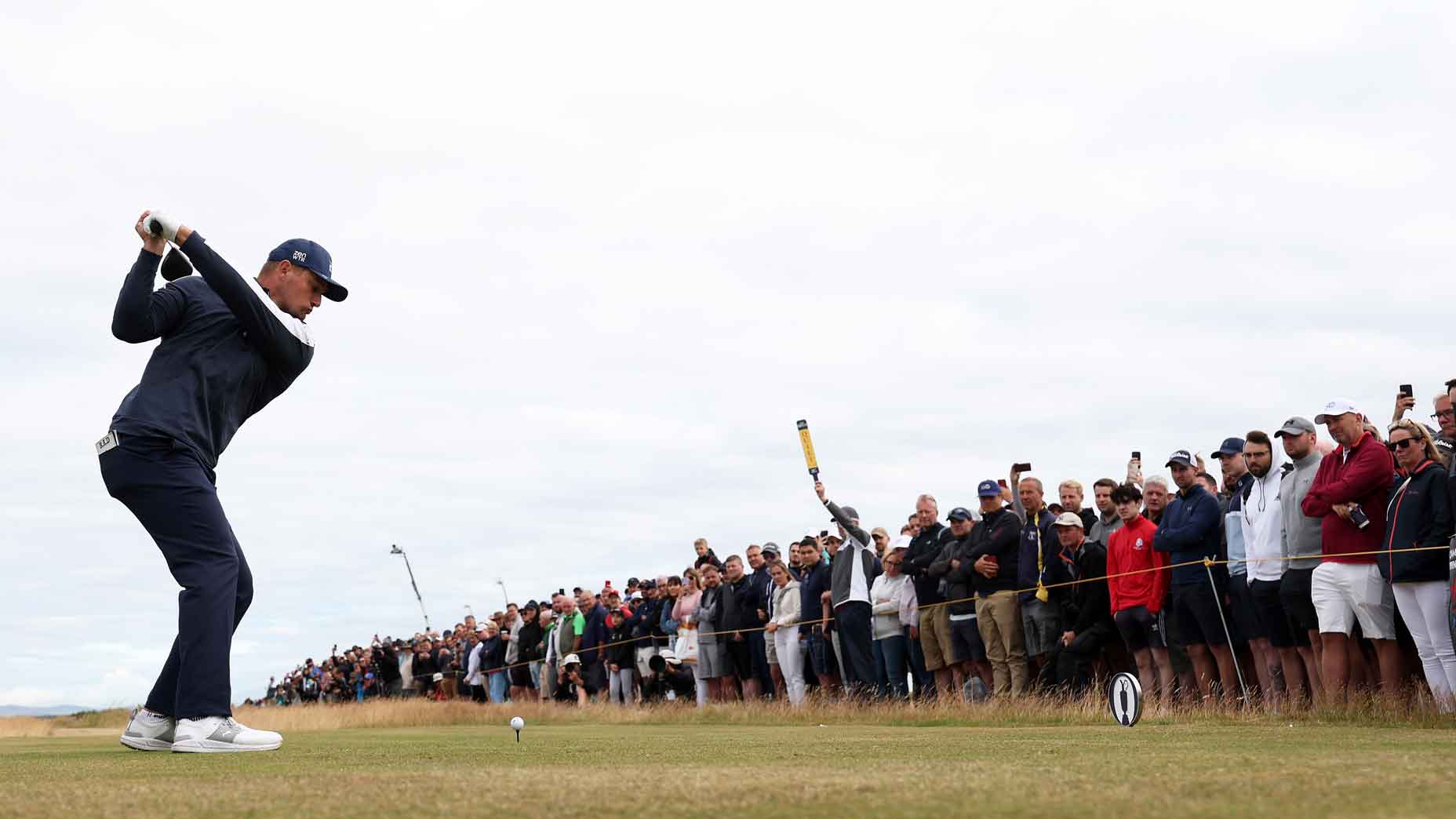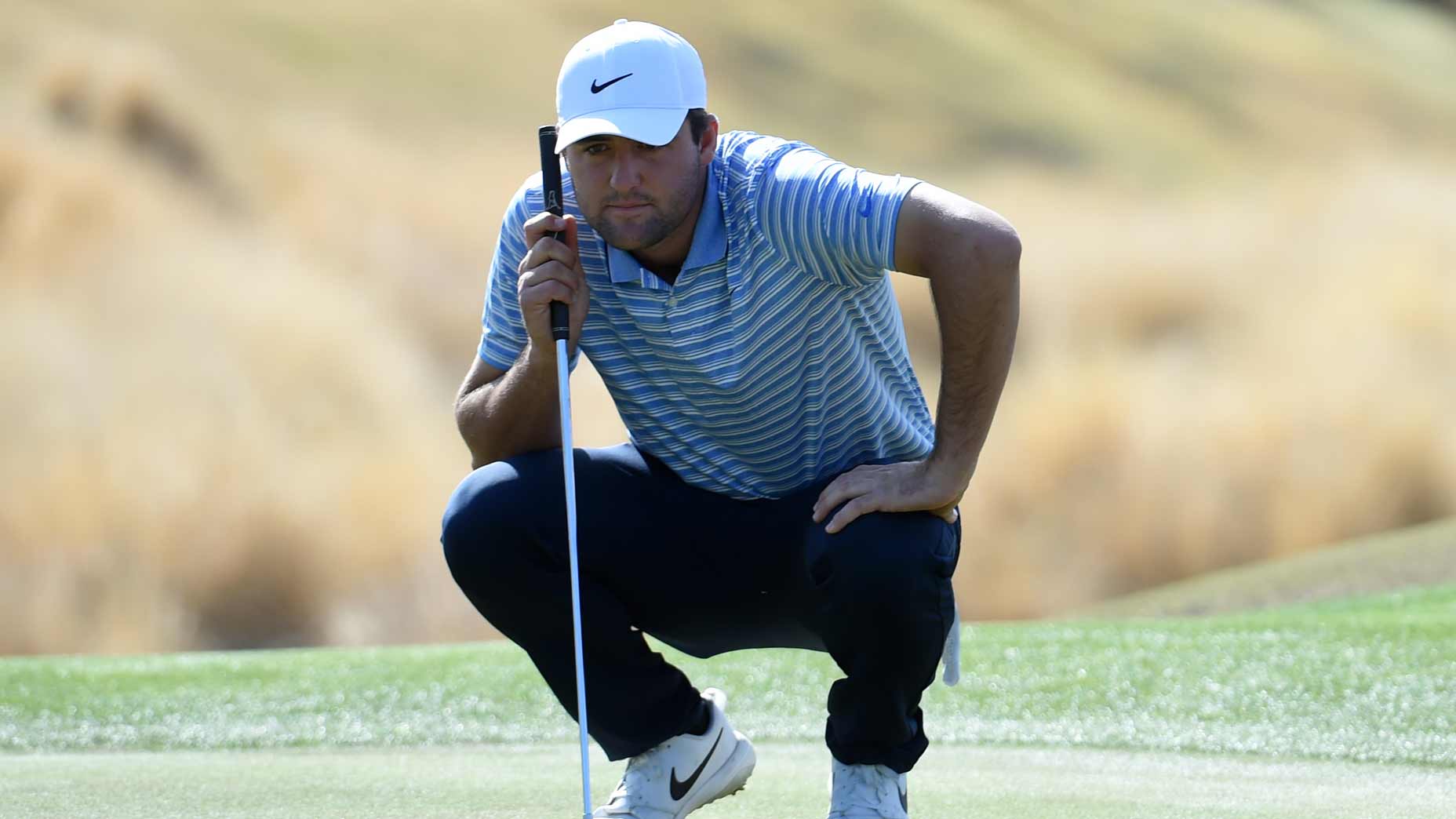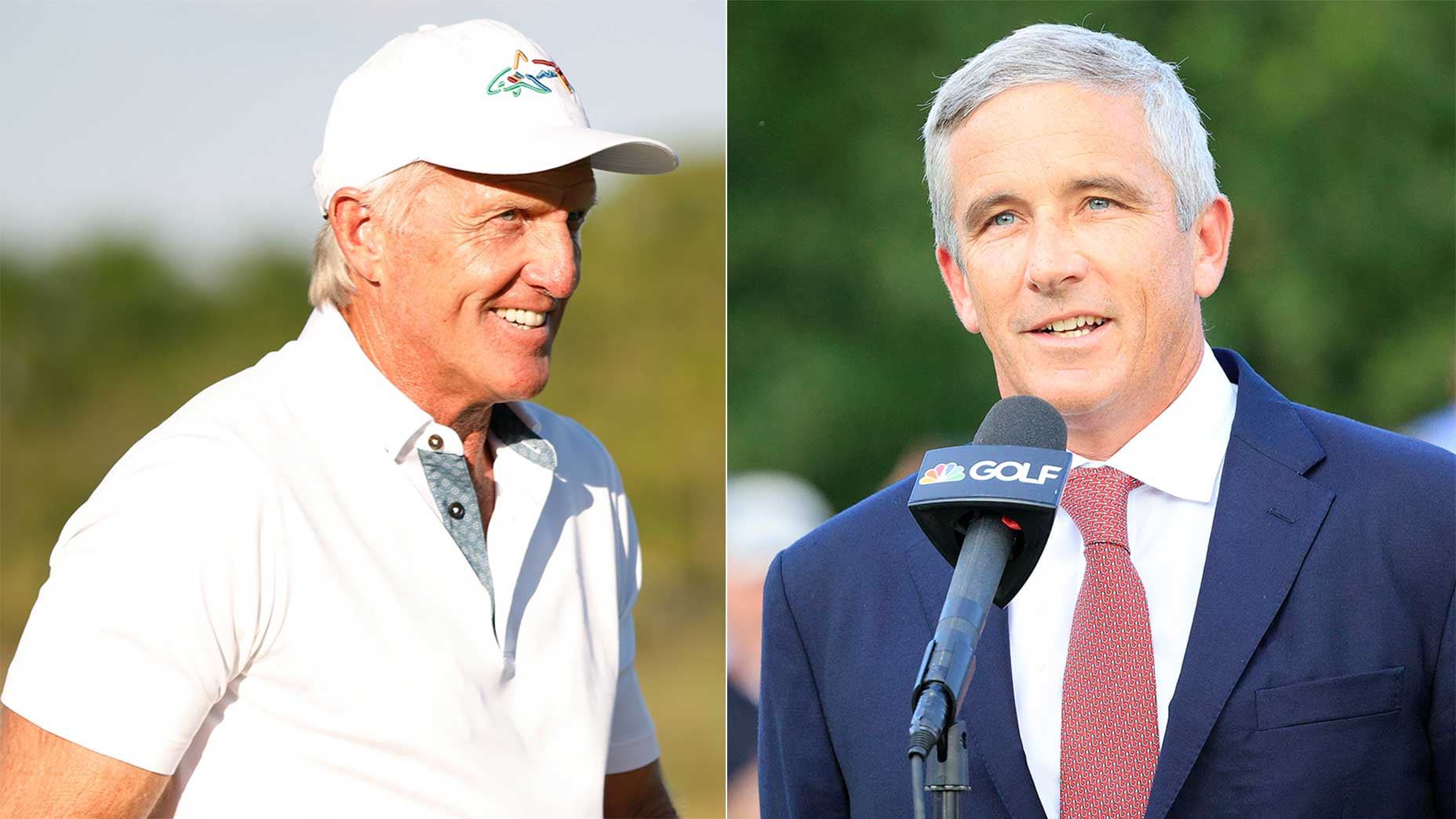Inside Matt Kuchar’s golf bag: 7 things I noticed while inspecting his clubs
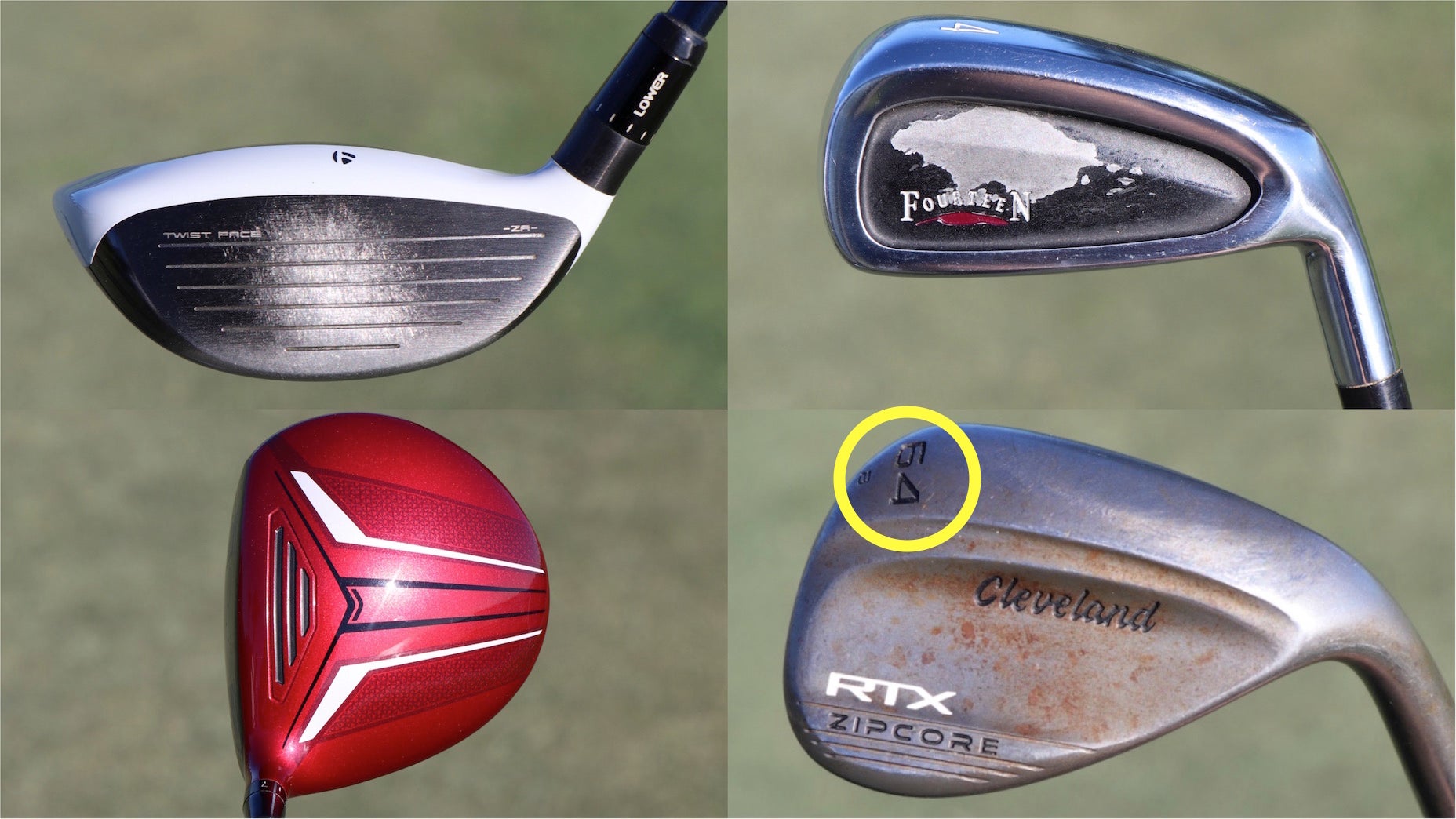
Matt Kuchar has a unique golf bag because he's extra picky when switching into new equipment.
Andrew Tursky
Matt Kuchar does things a bit differently with his gear than most other players on the PGA Tour. Every player seeks to use the equipment that best suits their game, of course, but Kuchar is especially picky when it comes to putting new equipment in the bag.
Rather than simply switching into the latest products that hit the market, Kuchar takes his time getting new technology into the bag. For the 43-year-old Bridgestone staffer who’s won nine times on the PGA Tour, that means he uses clubs throughout his bag from all different years.
Speaking with GOLF.com recently, Kuchar explained his selective nature with his gear.
“I think it’s challenging to make things superior … I’m not sure how much better this next generation driver is from the previous generation driver,” Kuchar told GOLF.com at the 2021 RSM Classic. “Even if [we’re talking about] irons. Are they really getting better? I’m truly looking for a better product. If it’s going in my bag, it’s gotta be a better product.”
Ahead of the 2021 RSM Classic at Sea Island, I was able to take in-hand photos of all his clubs (and got a putting lesson from him, which you can hear more on our recent Fully Equipped podcast). Below, I discuss the 7 most interesting things I found in the bag.
1) Old and new school
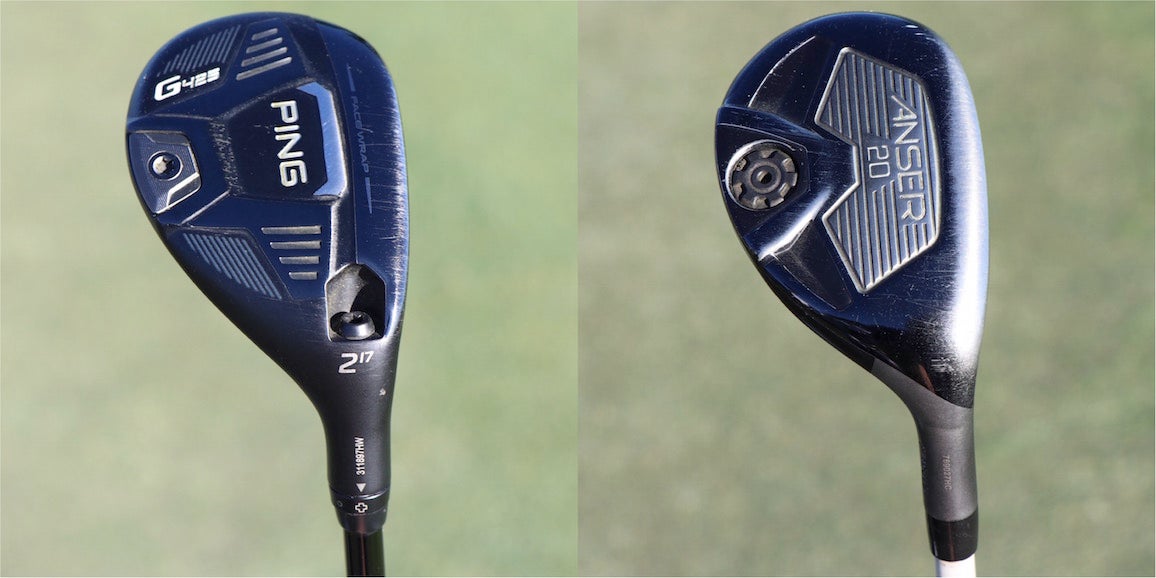
Kuchar is known more for his consistency than his distance, and he stacks the top-end of his bag with clubs that help provide him more speed, height and forgiveness. In addition to a driver, Kuchar uses a 3-wood, 5-wood, two different hybrids and a game-improvement 4-iron. This is a great example for amateur golfers to emulate with their bag setups, especially for those who don’t create enough speed and height to hold greens from long distances.
Most interestingly, Kuchar uses hybrids that were released to the market about nine years apart. His Ping Anser 20-degree hybrid was released in 2012, while his Ping G425 hybrid was released in 2021. This shows that Kuchar is ultra particular with the performance of his clubs, and that you don’t always need to focus on using brand new products in your own bag. Play with what works!
Ping G425 Hybrid
$269
View Product
2) A driver from 2015

Kuchar is obviously in no rush to force himself into new technology just for the sake of it. While most golfers feel that technology is passing them by — especially when it comes to the driver — Kuchar still uses the cherry red Bridgestone J815 driver that hit the market in 2015.
Distance isn’t everything, even with a driver, and it’s sometimes more important to find a big stick that you’re comfortable hitting straight. Although Kuchar has had the red driver in his bag for years, he equips it with a new Fujikura Ventus Black 6X. A Bridgestone representative also told me he recently switched out the adjustable weight in the sole for a lighter weight to dial in performance.
Use Kuchar’s driver as a lesson for your own game. Even if you don’t change out the head for a new and expensive one, you can still adjust the shaft and weight settings for an improved feel and better performance.
3) Face marks
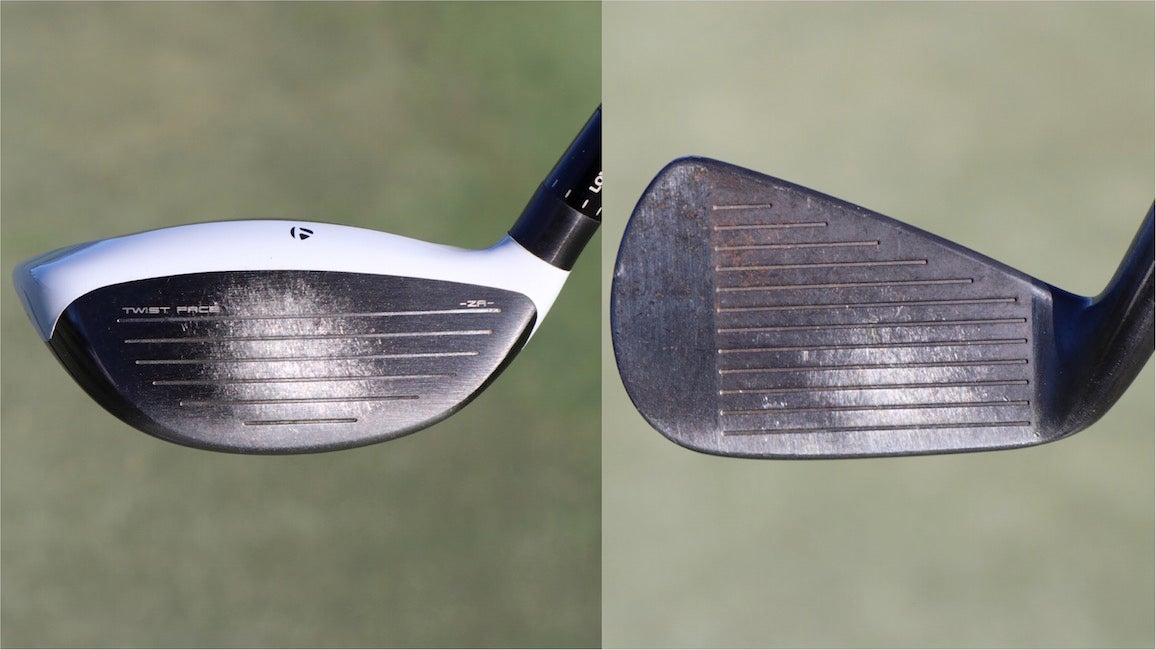
Reminiscent of the wear mark on Rory McIlroy’s TaylorMade SIM Max hybrid, Kuchar has worn out the center of the face on his SIM Titanium 15-degree fairway wood. Interestingly, though, the wear marks on the faces of his Bridgestone J15 CB irons is significantly more toward the heel. That could be due a number of reasons, such as center of gravity (CG) of the heads themselves, his swing plane with the irons vs. fairway woods, or the shot shape he’s trying to create. Either way, it’s clear Kuchar hits the ball consistently in one spot on the face whether it’s right on center or slightly toward the heel.
4) The importance of shaft fitting
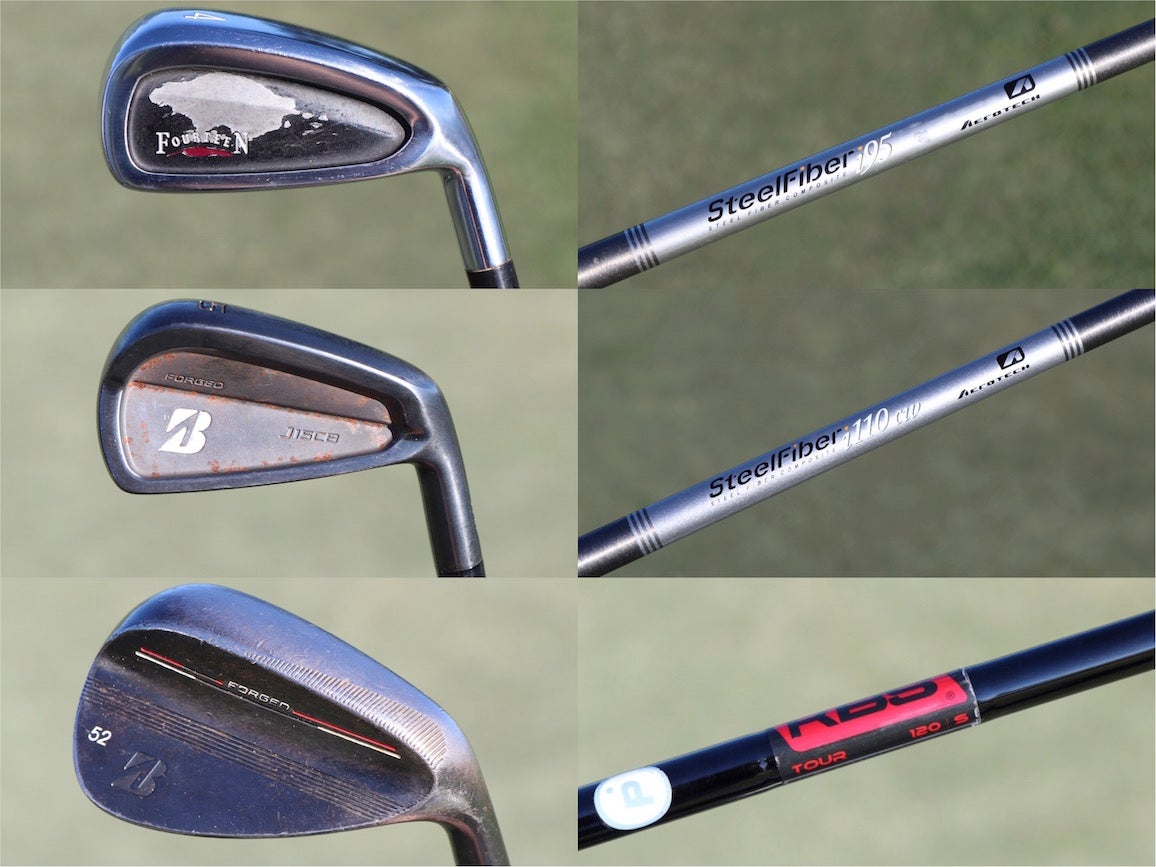
As discussed in my recent deep dive into Davis Love III’s gear setup, fitting shafts individually into each of your club heads is incredibly important since each club is different. Don’t assume that just because one shaft model or brand fits into your short irons that it’s right for your long irons and wedges.
Along those same lines, Kuchar uses AeroTech SteelFiber shafts in his irons, then switches into KBS Tour shafts in his wedges. If you’re noticing that your golf ball is launching too low or too high, that could be a telltale sign that it’s time to try out different shafts.
Additionally, long irons, since they’re a bit more difficult to launch high and create enough spin, work better with slightly lighter and softer-flex shafts. For himself, Kuchar uses a SteelFiber i95 shaft in his Fourteen Golf 4-iron, whereas he uses a slightly heavier and stronger SteelFiber i110 CW (constant weight) shaft in his J15 CB iron set.
5) New proto golf ball
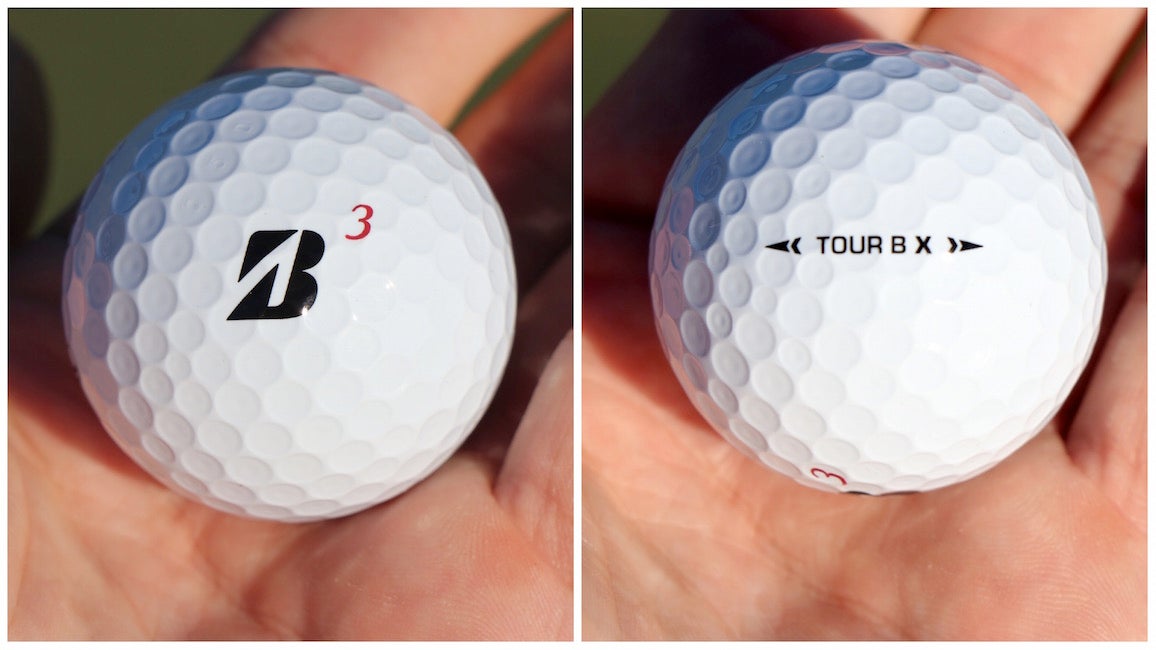
Kuchar may not switch into new golf clubs easily, but he recently switched into a new, unreleased Bridgestone Tour B X prototype golf ball at the 2021 RSM Classic.
While we don’t have any information yet about the technology used in the golf ball, we do have some exclusive insight for Kuchar himself: “This new prototype ball, what I’ve seen with my testing, it’s faster off the driver, and with the chip shots … as a tour pro, when you get that right feeling, that right trajectory, even off of a little pitch shot, you get excited, and this new golf ball has got me excited off the tee and around the greens,” Kuchar said.
6) A 64-degree wedge
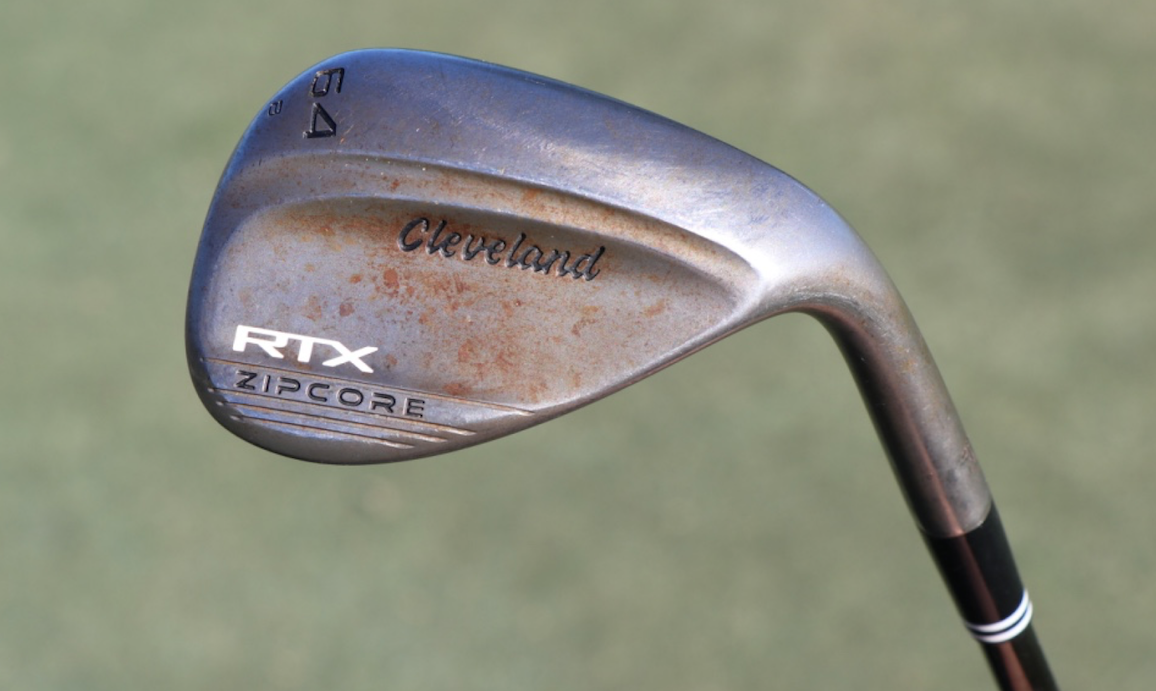
I can’t personally recommend that every golfer needs to use a 64-degree lob wedge. In fact, wedge-making legend Roger Cleveland recommends using a maximum of 56 or 58 degrees. For those who have room in the bag and want to experiment with hitting higher and softer wedge shots around the greens, a 64-degree wedge could be an option.
Kuchar himself uses a new Cleveland RTX ZipCore 64-degree wedge with just 8 degrees of bounce. This particular loft may be more difficult to hit for average golfers, but Cleveland offers plenty of other loft options in its ZipCore lineup.
7) One-of-a-kind putter
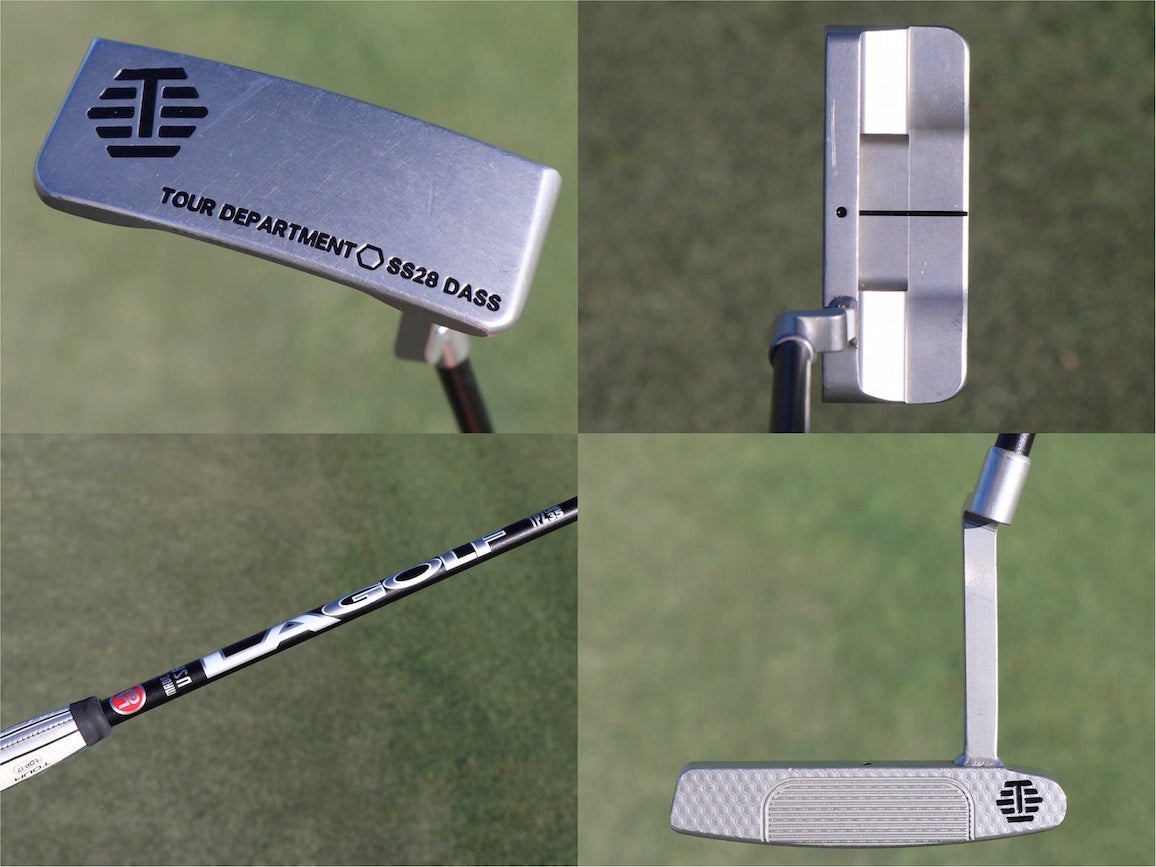
For years, Kuchar employed the new age armlock method of putting where he used a longer-length putter and ran the grip up into his left forearm. Recently, however, Kuchar has been experimenting with something slightly different, running the grip up his right forearm instead of the left.
Due to the change in how the putter sits and behaves at impact, Kuchar has had to adjust the loft of his custom Bettinardi prototype putter from around 7 degrees down to 0 degrees. For more information on the technique and technology that goes into this right-hand armlock style, read our in-depth breakdown here.
Want to overhaul your bag for 2021? Find a fitting location near you at GOLF’s affiliate company True Spec Golf. For more on the latest gear news and information, check out our latest Fully Equipped podcast below!

